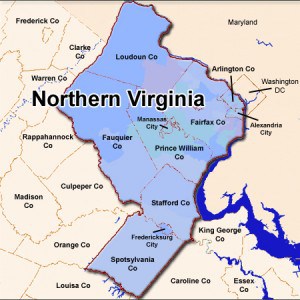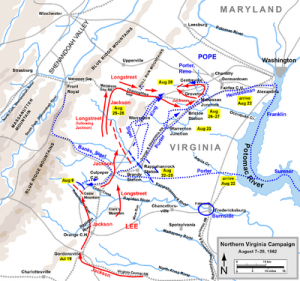I was born in Falls Church Virginia in 1997. As I grew up in Falls Church, I noticed how free and diverse the area was. I thought the whole world was like this. I saw it as a safe calm environment. I saw all kinds of people. Kids could go out without parents supervision. It was really free. This area of Virginia is so heavily populated because its only 10.7 miles from Washington DC. Since I grew up in this environment, I didn’t learn or see discrimination from other people. I didn’t know there was such hate since this is a such diverse and normally very tolerant community. At times there is crime but there isn’t hate or extreme racism like in some other states or regions.

It is interesting to learn that this very same area of Northern Virginia was a place of heavy fighting in the Civil War. In these times this state was a slave state. On April 17, 1861 the Virginia legislature voted to declare secession from the Union, pending ratification of the decision by the voters. This happened 2 days after the U.S. President Abraham Lincoln called troops from all states still in the Union in response to the Confederate capture of Fort Sumter, S.C. With the entry of Virginia into the Confederacy, a decision was made in May to move the Confederate capitol from Montgomery, Alabama, to Richmond, Virginia because the defense of Virginia’s capitol was vital to the Confederacy’s survival. Virginians ratified the articles of secession on May 23, 1861. The next day the Union army moved into Northern Virginia and captured Alexandria without combat. Most of the battles in the east during the war took place in Virginia because the Confederacy had to defend its national capital at Richmond. General Robert E. Lee thrived in defending Richmond which was a major theme of the military history of the war. Virginia was also home to the White House of the Confederacy and Jefferson Davis, their president.
Service in the Confederate Army pulled men away from their homes for years at a time. One Virginia soldier said “my duty in the war is the defense of our country, our liberty and the protection of our parents, wives, and children, and all that is dear to a man.” More than half of the men who eventually joined from Virginia were of households who tried to reconcile their family’s interests with that of the Confederacy. No matter how Virginians justified the absence of men, there was a separation of wives, daughters, sisters, and other females assumed much of the work normally pursued by men like managing plantations, harvesting crops, running businesses. Virginian Woman wrote “We felt like clinging to Walter and holding him back,” also “I was sick of war, sick of the butchery, the anguish.” Soldiers sent mail home, but the mail got disrupted. Women looked for ways to bring their men home. but they were unsuccessful, however, it was difficult when death intervened and rendered a family’s separation permanent.
The Photo shows General Robert E. Lee’s Home at National Cemetery across the Potomac from Washington, D.C.
While the war pulled white families apart, black families found a chance to bring their families back together after years of separation. Enslaved men were involuntarily sold away from their families through the domestic slave trade. They were sent either to nearby plantations or to states in the Deep South. As the Union Army entered the South, and the slaves recognized freedom was near, about 100,000 black men from Virginia left to army camps because of the Emancipation Proclamation (1863) to enlist in the Union Army. This created new separations for some families, and women were left behind to the abuse of masters frustrated at the black men that fled. Women and children followed and helped establish refugee settlements (“contraband camps”) on the border of military encampments, like at Fort Monroe in Virginia’s Tidewater. These camps were important sites for black family’s because it reunited them during the war and postwar period.
Fore More on NORTHERN VIRGINIA during the CIVIL WAR click HERE.


